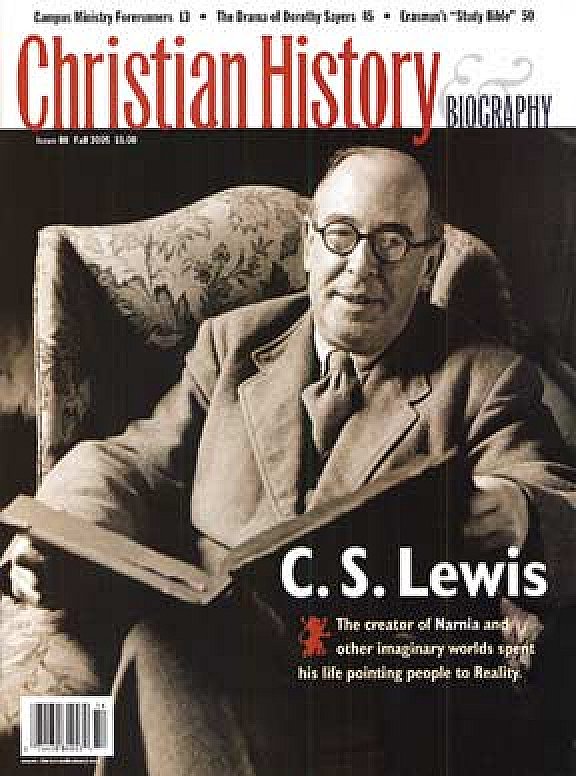
Here’s a new way I’m thinking of for developing the faculty seminar on Christian humanism I’m doing for my friend the Think Tank Director. I like this one better than the more chronological one shared earlier. I’ll share this in a couple of chunks because I went a little crazy with editorializing on it.
This reworking suggests that we use the seminar to explore the hypothesis that Christian humanism has found ways to keep together key dyads: divine-human, faith-reason, virtue-grace, heavenly-earthly, reason-imagination (or truth-beauty). And that the REASON the tradition has been able to do that is its strong grounding in the Incarnation.* We could look at each of those dyads through readings across the different periods, in a way that could attend to historic development without bogging down in the chronology/history.
* Arguably it’s not just the Incarnation but the almost shocking organic unity of the God-human relationship in early soteriology that grounds this whole thing: that is, the theosis understanding of salvation. But interestingly, both Luther and Calvin were similarly quite mystical and organic about the human-God relationship – there are great readings from both that show this.
NOTE: Stupid WordPress has no idea how to deal with the automatic numbering in MS Word, and I don’t have time to go in and change it. So please ignore the plethora of “1s” in the following!
Continue reading








 Medieval Wisdom for Modern Christians
Medieval Wisdom for Modern Christians






